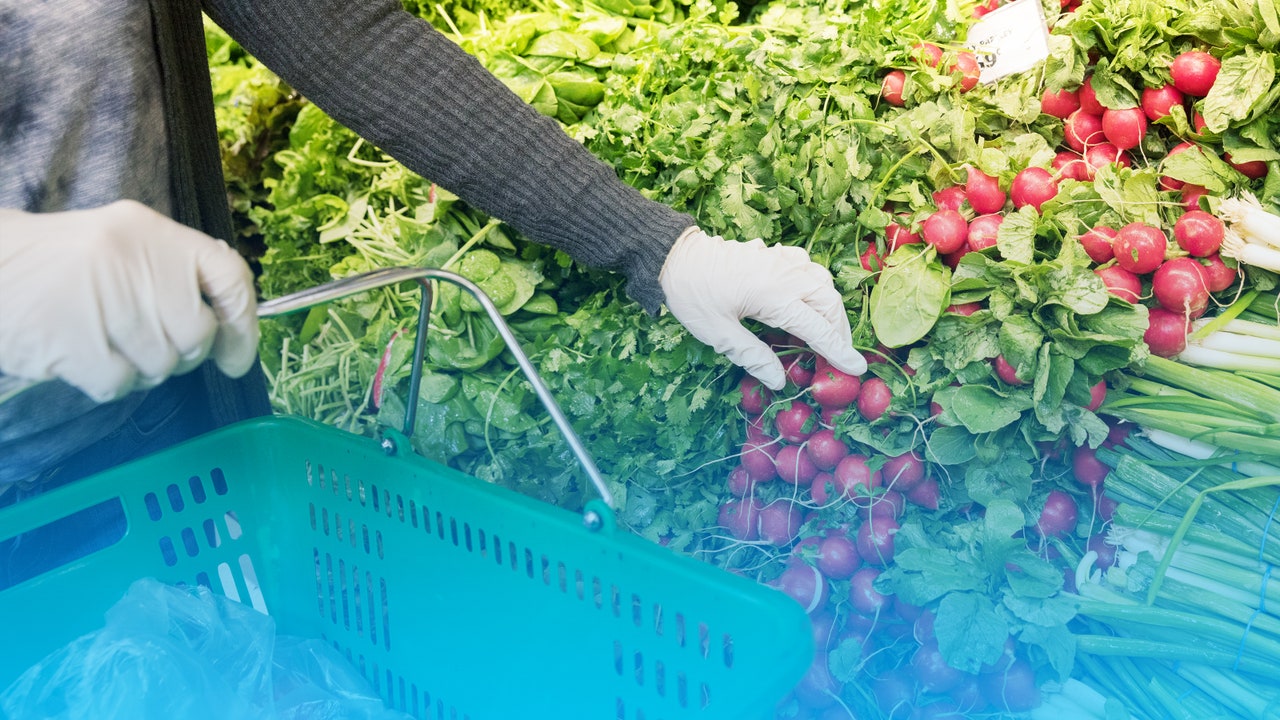Grocery Shopping—When Is The Best Time to Go?

In just a few short weeks, the COVID-19 pandemic has completely transformed our lives, from how we work to how we handle grocery shopping—if we can leave the house at all.
With some cities and states now thinking about easing social restrictions to reopen businesses, it’s more important than ever to be extra careful when it comes to running even the most essential errands. Although online ordering through services like Fresh Direct or Instacart is a great alternative to taking an extra trip outside the house, in dense areas like New York and Los Angeles, it’s been almost impossible to nab a slot. Curbside pick-up from major retailers is also a good option, but not all stores offer it and, again, it can be hard to access.
Whatever the reason, a trip to get groceries is something many of us can’t avoid. Given that the FDA recommends planning shops so that you bring home enough food to last you at least one to two weeks—a little longer than most of us are used to—a little strategizing can ease a lot of stress and make the process safer overall. Here, we’ve rounded up some of the best tips to help shoppers stay safe while grocery shopping, including the best times to go, how to get in and out of stores safely, and what to wear to make the trip.
Before You Go
Get there before—or after—everyone else. The Centers for Disease Control and Prevention recommends going to the store early in the morning or quite late at night, when others haven’t started shopping or are wrapping up their days. Night owls, this is when to take advantage of those chains with 24/7 hours. Early risers, make sure to check your preferred retailer’s website before you head out the door. Some stores are reserving their first open hour or two for seniors.
Research when your local store is busiest. Google Maps tracks foot traffic at stores and other retail outlets with user-submitted data, then breaks it down by hour. Search your local grocery store before you shop to see when it’s emptiest. Sunday at 10 a.m., for example, is probably going to be busier than Tuesday at 7 a.m. If you have a flexible schedule, aim to go at a less busy time.
But also consider shopping somewhere you don’t usually frequent. Big-box stores aren’t the only option, especially if you live in a city with more speciality retailers. If the prospect of a crowded store stresses you out (understandable!), there are other options besides braving the masses or online ordering.
Look for mom-and-pop shops or mid-sized chains, like the beloved East Coast-headquartered H Mart, a Korean-American supermarket with 61 locations across the United States. Check out local grocers, which might have just the ingredients you need to inspire you to break out of a cooking rut.
But be sure to look up websites in advance; those are often tailored with specific information about what a store does and doesn’t have in stock and what policies it’s implemented to protect shoppers and workers. Call ahead to find out more or to ask specific questions.
Stretch your trip to the store and support local farmers or small businesses at the same time. Do quick search to see if there are any Community Supported Agriculture (CSA) boxes in your area, or local butchers, bakers, or even restaurants, who’ve pivoted to delivering some bulk items or allow shoppers to pick up pre-paid orders from local greenmarkets or their storefronts.
With CSAs, you’re supporting local farmers and getting the freshest ingredients. Visit LocalHarvest.org to research CSA options near you.
